In this era of portable electronics devices, most of the electronics run on batteries. A battery stores the charge and then supply that charge to power up any electronics device. The use of batteries requires its own kind of precautions and handling. A major problem with the use of batteries is their over discharging and overcharging. Both of these issues affect the life of a battery and cost the end user needlessly. These issues are often ignored by the consumers too. Since batteries do have nice price tags, it ultimately adds up the maintenance cost of any electronics device.
In this electronics project, a zener diode based circuit will be designed to protect a battery from over discharging. When a battery is charged, its terminal voltage i.e. voltage between the anode and cathode of the battery increases. On full charging, the terminal voltage reaches a peak value which is an indication of 100 percent charging. As the battery is attached to an electronics device and it starts discharging, its terminal voltage starts dropping. The percentage or level of charging of a battery is therefore estimated by its terminal voltage. If the terminal voltage of a battery goes below a lower threshold limit, the battery starts dying prematurely. This degrades the recharge capability of the battery as well as its efficiency. Therefore, there should be a protection circuit which can monitor the level of charging of the battery by detecting the terminal voltage and protect the battery from over-discharging by cutting off the battery connection with the electronics device.
In this electronics project, a power circuit is designed which will detect the lower threshold limit of the terminal voltage by the use of a suitable Zener diode and will cut off the battery connection with the load device by the use of a relay. The circuit includes an LED indicator section also which will light up the LED as the battery discharges below the limit and require recharging.
Specifically, in this project, two Li-ion batteries connected in series will be taken as power supply unit. In most of the commonly used portable electronic devices like laptops, smartphones, and others, the Li-ion batteries with 3V of lower threshold limit of terminal voltage are used but some manufacturers design Li-ion batteries with a lower cut-off limit of 2.7 V also.
In this project, batteries with a cut-off limit of 3.1 V are used for power supply. So, using two batteries in series set the cut-off limit to 6.2 V. So, a zener diode of 6.2 V reverse peak voltage is used to detect the cut-off limit in the design of the circuit. The diode will be used to drive switching transistors which will operate the relay. As the terminal voltage of the battery will go below the 6.2 V, the diode will go in the conduction state, triggering the switching transistors and changing the relay state to cut off the supply of the load device. After understanding the functioning of this project, protection circuits for other cut-off limits can also be designed by proper selection of the zener diode and relay with the same circuit.
Components Required
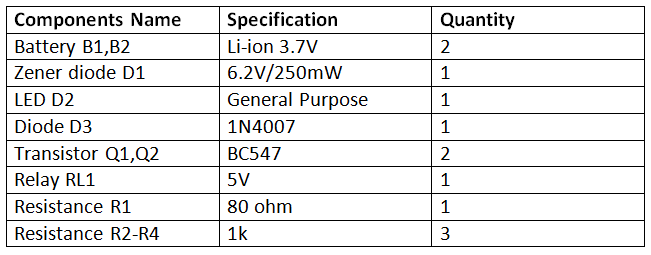
Fig. 1: List of Components required for Battery Over Discharging Protector
Block Diagram –

Fig. 2: Block Diagram of Battery Over Discharging Protector
Circuit Connections –
The circuit designed in this project has the following circuit sections –
1) Zener Diode Circuit for detecting cut off terminal voltage of the battery
2) Transistor circuit to operate the relay
3) Diode circuit for back current protection
4) LED indicator circuit for indication of battery discharge
1) Zener diode circuit – A zener diode is connected in series with the battery such that the cathode of the zener diode is connected to the anode of the battery and anode of the zener diode is connected with the base of the switching transistor. The purpose of connecting the diode in this manner is to operate it in reverse biased condition. Until the terminal voltage of the battery will be above cut off limit and the peak reverse voltage of the zener diode, the zener diode will remain in conduction state but as the terminal voltage will drop below cut off and the peak reverse voltage of the zener diode, it will go in off condition.
2) Transistor circuit – The transistor circuit is used to operate the relay. The transistors are used as high side switch in the circuit where two stages of transistors are operating as logical invertors. The anode of the zener diode is connected to the base of the transistor Q1, the emitter of the transistor Q1 is connected to ground while the collector of the transistor is connected to the anode of the battery. The base of the transistor Q2 is connected to the collector of the transistor Q1, so the collector voltage of the transistor Q1 will be switching the transistor Q2. The emitter of the transistor Q2 is grounded and the collector of the transistor Q2 is connected to the relay coil which controls the supply to the load device.
3) Diode Circuit – A diode circuit is connected parallel to the relay coil for back current protection from the load device. The back current from a high current drawing load can permanently damage the battery that is why this diode circuit is used for back current protection.
4) LED indicator circuit – The LED indicator circuit is connected at the NC point of the relay. When the transistor circuit switches the relay to NC point, the LED gets forward biased as the anode of the LED is connected to the NC point of relay and cathode is connected to ground. A current limiting resistor is connected in series with the LED to avoid any damage to the LED by excessive voltage.
How the circuit works –
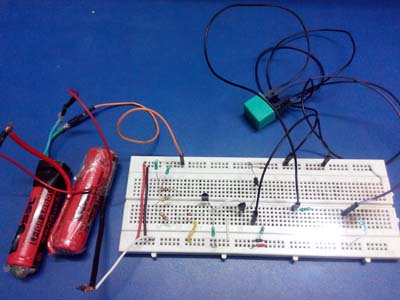
Fig. 3: Prototype of Battery Over Discharging Protector
The circuit is based on the working of zener diode. A zener diode when connected in reverse bias configuration and its cathode voltage is below its breakdown voltage then zener acts like an open circuit. But when a voltage above zener breakdown is applied at its cathode terminal then zener starts conducting from the cathode to anode in reverse bias condition. As the zener diode can also work in reverse bias, this feature of zener diode is used for detecting the cut in the voltage level of the battery.
There are two Li-ion batteries connected in series so they have a total 6V end of discharge voltage. So to be on the safe side, the cut-off voltage can be taken 6.2 V and therefore, a zener of 6.2 V is used in the circuit.
When the two Li-ion batteries will be connected with the load then there can be two cases as follow –
The Terminal Voltage of Battery can be above 6.2V- When the battery voltage is above 6.2 V then the cathode of the zener diode (D1) will be above 6.2 V. In this case, zener diode will breakdown and will start conducting from cathode to anode terminal (as shown in below image). As the base of Q1 transistor is connected to the anode of zener (as shown in below image). So the base of transistor Q1 will start conducting and acts like a close circuit. Thus the entire collector current gets a shorted path and current will start flowing from collector of Q1 to its emitter, finally to the ground. So the transistor Q1 is working as a logical inverter. When the zener diode in conduction state and there is sufficient voltage at the base of the BC547 transistor, the collector voltage is drawn as it is. When the zener diode is in non-conduction state and there is not sufficient voltage at the base of the transistor, the collector current is short-circuited to ground through emitter and collector voltage is dropped.
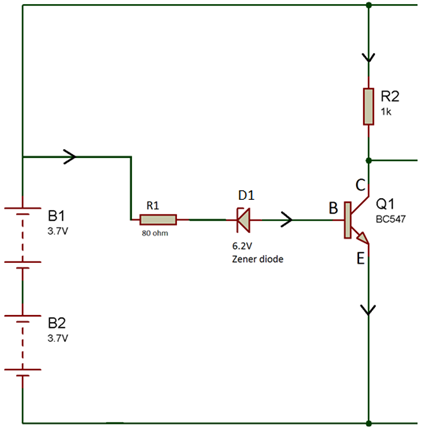
Fig. 4: Circuit Diagram of Zener Diode Section of Battery Over Discharge Protection
As the base of the transistor Q2 is connected to the collector of Q1 but the potential at the collector of Q1 is almost zero because all the current has grounded, So the conduction of Q1 will ground the base of transistor Q2 and the transistor Q2 will be in the non-conducting state. When the collector of the transistor Q2 will provide ground to one end of the relay then only, the relay will energize. But as the Q2 is in OFF state so its collector is at the potential of battery voltage so the relay will not activate and the LED NO(normally open) pin of the relay will also remain in off state. At the NC(normally closed) pin of the relay, the load circuit is present which will remain connected to the battery.

Fig. 5: Circuit Diagram showing High Side Switch Working of Battery Over Discharge Protection
The other case can be when the Terminal Voltage of Battery can be below 6.2 V. When the battery voltage drops down below 6.2 V then the zener diode will no longer remain in the conduction state. Now the zener diode will block the current through it due to reverse bias which will cut off the base current of the Q1 also.
But practically it is observed that although zener diode should not conduct current below 6.2 V but it conducts some current (in microamperes) which flow from its cathode to anode, this current is the leakage current of the Zener. On considering BC547 transistor, when the voltage across the base to emitter is between 0.65 V to 0.7 V then the transistor acts as a short circuit. The transistor (BC457) has a minimum gain of 110 so the base of the transistor needs a very less current to conduct. As the current at base of the transistor starts increasing it acts like a variable resistance, the value of this resistance starts decreasing as current increases.
So in this experiment, the transistor Q1 has high gain and will amplify the micro amperes leakage current to milli-amperes current. So current in milli-amperes will start flowing from collector to emitter. The leakage current from zener will also switch ON the Q1. But in this state, the Q1 is not fully ON as the base to emitter voltage till now does not reach to 0.65 V. This leakage current will be zero when the battery voltage is below 5.9 V but to cut off the battery at 6.2 V, another stage of switching transistor with transistor Q2 is used to get an accurate cut in voltage of 6.2 V.
The transistor Q2 gives low voltage indication and also disconnect the load from the battery when the battery voltage is below 6.2 V.

Fig. 6: Circuit Diagram showing High Side Switch Working of Battery Over Discharge Protection
The base of the transistor Q2 is connected to the collector of the transistor Q1. Now at a voltage below 6.2 V the transistor Q1 will conduct but it will not in its full saturation state. That means the voltage difference between the collector to emitter of Q1 is very less but it has sufficient voltage which can drive the base of the transistor Q2.
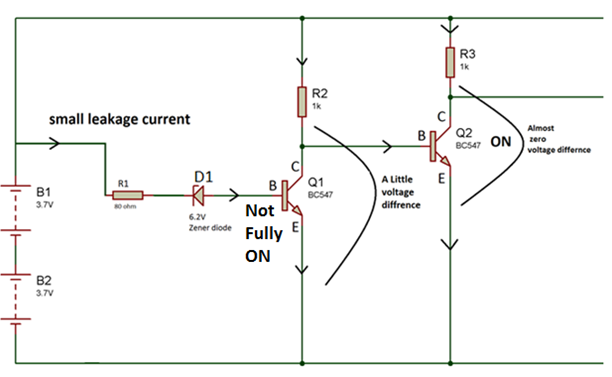
Fig. 7: Circuit Diagram showing Practical High Side Switch Working of Battery Over Discharge Protection
Therefore transistor Q2 will start conducting and the voltage at the collector to emitter of transistor Q2 is almost zero since all the current drains to the ground. This will activate the relay and the load will disconnect from the battery and LED circuit connected at the NO pin of the relay will start getting the supply and LED will start glowing, indicating the over-discharging of the battery. Therefore from the above explanation, it can be concluded that the use of a relay at the collector of transistor Q1 would have caused early switching of the load circuit before the battery’s end of discharge voltage. That is why another stage of switching transistor with transistor Q2 is connected for setting accurate cut-off voltage to 6.2 V.
Fig. 8: Circuit Diagram showing Relay operation in Battery Over Discharge Protection
Complete circuit diagram (below 6.2V)
Fig. 9: Circuit Diagram showing Complete Working of Battery Over Discharge Protection
Use of series resistance (R1) with zener diode and with other components
A zener diode requires a series resistance which limits the flow of current through it above its current rating, this will prevent the zener diode from overheating and getting damaged. With the use of series resistance, zener can provide a regulated voltage at the output.
Resistance R2 and R3 are connected to the collector of both the transistors and resistance R4 is connected in serises with the LED. The purpose of these resistances is just to limit the current from the transistor and the LED. This will prevent the components from any damage.
Selecting zener diode series resistance (R1)
In this project, the zener diode used has 6.2 V/250 mW rating. The series resistance of the zener diode can be calculated by the following equation –
R1 = (Vs-Vz)/Iz
Where Vs = maximum supply voltage
Vz = zener voltage
Iz = zener current
For calculating R1 the Zener current has to be calculated by the following method
Maximum Power dissipation of zener diode, Pz = 250mV
Zener voltage, Vz = 6.2V
Maximum zener current, Iz can be calculated as follows
Pz = Vz * Iz
Iz = Pz / Vz
Iz = 0.25/6.2 V
Iz = 40 mA (approx.)
As the 3.7 V Li-ion battery charge upto 4.2 V so, two Li-ion batteries (in series) fully charge voltage is 8.4 V.
So here the maximum supply voltage from the battery, Vs = 8.4 V
Zener voltage , Vz = 6.2 V
Zener current, Iz = 40 mA
Now by above equation resistance can be calculated as
R1 = (Vs-Vz)/Iz
R1 = (8.4-6.2)/0.040
R1 = 55 ohms
But in the experiment, resistance R1 is higher than 55 ohms. It is 80 ohms for just being on the safe side. The selection of zener series resistance must be chosen wisely so that it will not allow current more than the zener rating. As more current will permanently damage the zener diode.
The different voltage readings taken from the circuit are summarized in the following table –
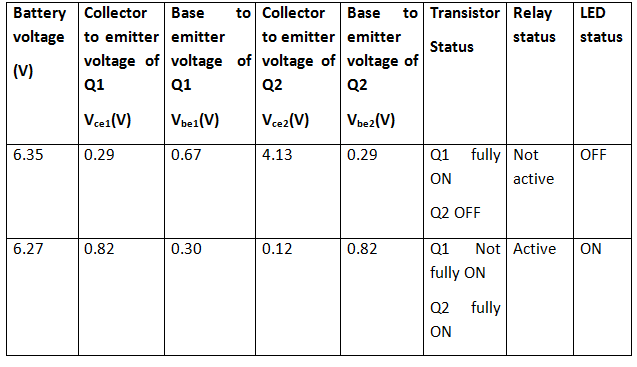
Fig. 10: Table Listing Voltage Reading at Different Sections of the Battery Protection Circuit
From the above practical observations, it is can be analyzed that the practical voltage at which the battery disconnects from the load is 6.27 V. Therefore the battery will cut off when the battery voltage of each Li-ion battery is at 3.15 V approximately.
Use of diode (D3)
As internally the relay has an inductor coil this coil stores some charge when the relay gets activated or energized. When relay gets de-energized then the polarity of the relay gets reversed and a back current will flow from the coil, this may damage the circuit. Therefore a diode (D3) is used across the relay to prevent the circuit from the back current when the relay is de-energized. This diode is known as fly back diode or freewheel diode. The inductor will discharge through this diode and this will prevent the other circuitry from any back current.
It is important that the relay voltage rating should be less than the cut-off voltage of the battery. For e.g. if in the circuit, a 9V relay is used then it will never get energize at 6.27 V. That is why 5V relay is used in the circuit.
You may also like:
Circuit Diagrams
Filed Under: Electronic Projects

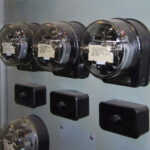
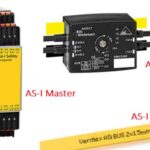
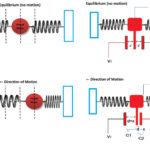
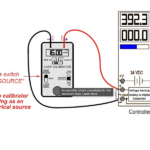
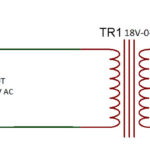

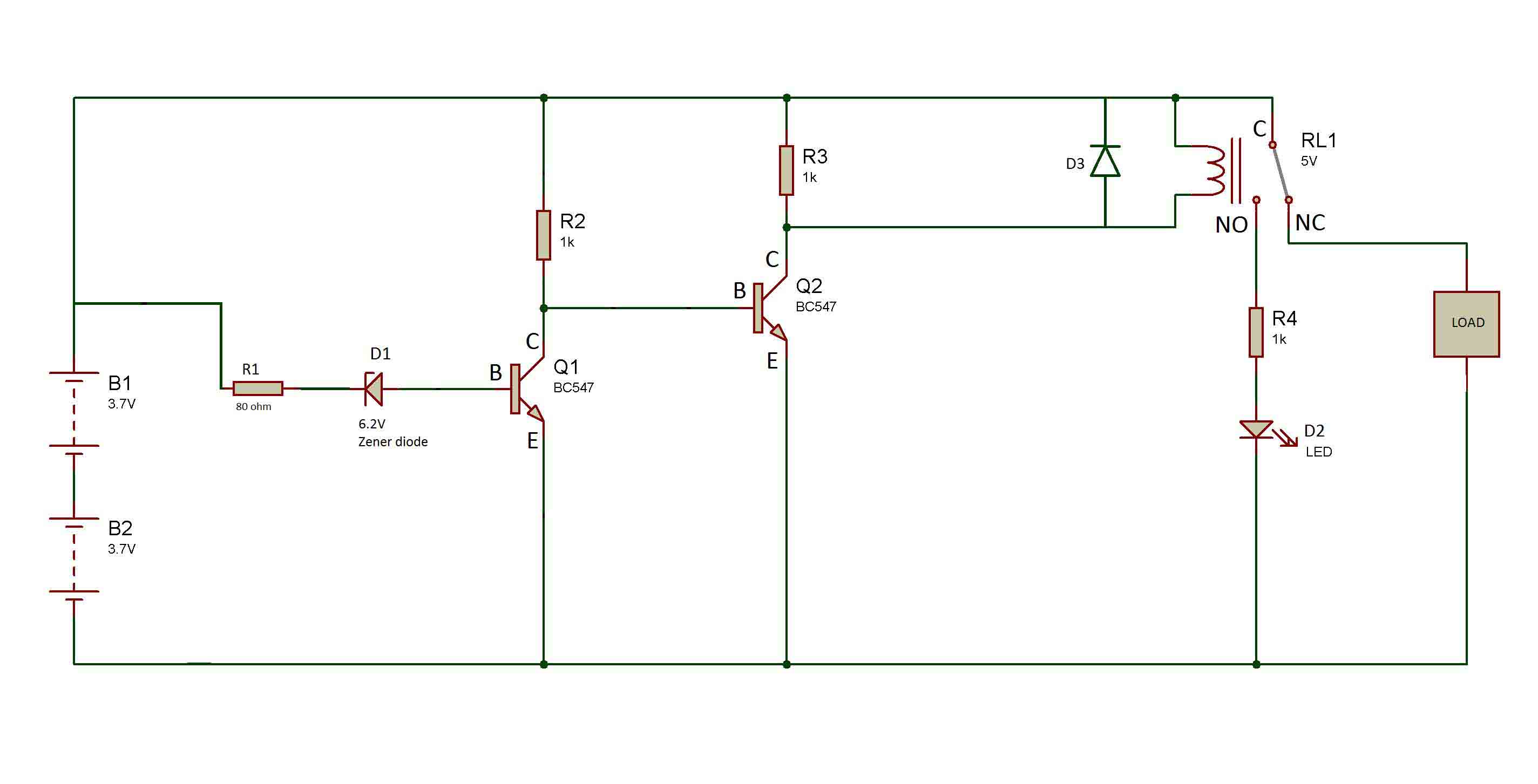

Questions related to this article?
👉Ask and discuss on Electro-Tech-Online.com and EDAboard.com forums.
Tell Us What You Think!!
You must be logged in to post a comment.